Is Vegan Leather Better For The Environment
Image: Desserto
What is vegan leather made of and is it as good for the environment as it is for animals? We delve into the murky world of leather vs vegan leather to figure out whether vegan leather is better for the environment.
UPDATE
New research by FILK has uncovered the existance of hazardous chemicals in plant based vegan leathers including Desserto, Appleskin, Vegea and Pinatex. While we still beleive that plant based leathers are an exciting alternative to real leather, it is important to not ignore the harmful chemicals that exist in these alternatives. We must continue to press companies to move away from the use of hazardous and restricted chemicals in plant based vegan leathers.
Animal-derived fur and leather are the most debated materials in the fashion space. Controversy over whether or not an ethical version of animal derived fabrics exists is a topic as complex as it is crucial. The more we start investigating animal cruelty within the industry, the more we want to choose a vegan alternative. However as we dig deeper into the most common substitutes on the market, we wonder if the vegan solution is doing more harm? The good news is that never in history have there been so many resources and so many brands that are providing tangible alternative solutions to animal derived products.
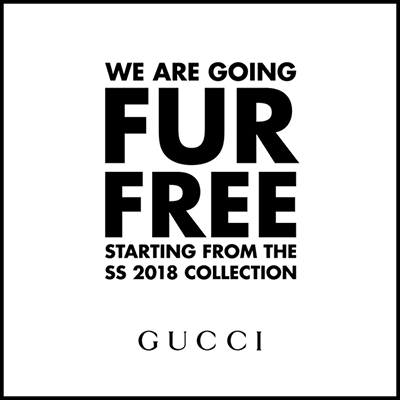
Image: Gucci
Luxury Fashion Ditches Real Fur
Many luxury fashion brands are finally ditching fur. When they’re doing so, they’re doing it publicly in a way that feels more like a political statement. Former fur loving brands include Gucci, Versace, Micheal Kors, Jimmy Choo, Furla, Donna Karan, Prada and Tom Ford. Together with avoiding exotic skins (mainly snakes, alligators, crocodiles, and other reptiles) they are pushing a new agenda. San Francisco (in California) recently banned the sale of any fur and Norway approved a law that will close all its fur farms by 2025. This is segued by the rise in luxury fur alternatives, the best being made from recycled materials.
Animal Rights Protestors Push The Agenda
These advancements haven’t appeared out of the blue. Decades of protests, campaigns and activism has led to a collective awareness of the environmental and ethical impact of the use of fur and leather. Vogue’s Anna Wintour herself has been targeted multiple times by activists for her outdated fur loving stance. Recently, the Editor in Chief said: “COVID-19 presents an opportunity to ‘look at our lives'”. Vegan charity and animal rights group PETA has written to the US Vogue editor calling on her to ban fur and exotic skins from her magazine’s pages. They branded the material ’excessive, wasteful, and cruel’. As reported on Vogue UK, in 2005, Anna Wintour received a tofu pie to the face from anti-fur protesters outside the Chanel show in Paris. ‘When asked what action she would take as a result of the incident she simply answered, “I’ll wear more fur.”‘
Is Fake Leather Eco Friendly?
Now the debate has reached another crucial point. Wearing fake leather and fur is preferable for many, however the eco friendly credentials of faux fabrics are being called into question. Are man made faux leather and fur to be preferred over natural, biodegradable materials? Or should we just ditch any replacement of animal skin all together?
While the connection between fur and it’s fake counterpart is more widely talked about, the same can’t be said when it comes to leather. Leather, PU faux leather, eco fake leather, regenerated leather, there are a few options on the market now. Each one produced in different ways with numerous different impacts on the environment. Leather tanning isn’t usually a very eco friendly method.
Large quantities of water and chemicals are needed. Chromium tanned leather is produced using a solution of chemicals, acids and salts to dye the hide. It’s cheap, quick and mass-produced, typically requiring little skill from the tanners. Chromium tanned leather makes up around 80% of the world’s leather output. If not correctly treated, most of the runoff containing chromium from this method finds its way into freshwater streams and eventually the sea. Reports from tanneries in developing countries show workers not wearing protective clothing whilst interacting with these chemicals. Some aren’t even wearing shoes or gloves. People in direct contact with chromium and those that are exposed to polluted water are reported to suffer from health problems including kidney, liver and skin problems as well as birth defects.
Do you work in sustainability?
The WIP is our new digital platform for eco aware brand founders, entrepreneurs and side hustlers. It's a place to find community as well as learning resources. Launching this Winter, you can sign up for updates below.
What Is Eco-leather?
Leather that has been sustainably tanned and follows procedures that aim to not pollute or harm the environment with chemicals can be termed ‘sustainable’. Brands like Maxine only use chrome free tanning techniques. With some choosing to work with only vegetable dyed leather. In spite of this, leather is clearly non-vegan and implies the use of animal skin. The environmentally-friendly part implies only the way leather is worked, not necessarily the way it’s sourced. Farms and factories connected with the production of animal-derived leather and fur are highly polluting. Ever expanding ranches that rear cattle in the Amazon rainforest are destroying the natural landscape which is also a crucial carbon sink. And in some areas, cruel and incredibly inhumane techniques are used to rear and skin the animals involved.
The Cons Of Vegan Leather
So you’ve decided to avoid real leather and just stick to fake. Unfortunately, faux leather is often made of plastic. Not all vegan leathers are good for the environment, some are literally just plastic. The majority of vegan leather found on the highstreet is made from PU or Polyurethane. And even when your main concern is the wellbeing of animals, the production of plastic is one of the most detrimental factors for wildlife too.
When Stella McCartney established her eponymous vegetarian fashion brand in 2001, she commented that “there were doubts in the industry that it would be possible to create a luxury fashion brand without using leather or fur.” Looking back to Anna Wintour’s flippant response to her love of fur, we don’t have a hard time believing this to be true.
Stella McCartney Paves The Way
McCartney shared with Vogue her interesting point of view on the stigma around vegetarian leather, that leather is more eco friendly than vegan leather. “Quite frankly, that’s rubbish (…) An animal decomposes when it’s natural, but after all of the chemical treatments [applied] to a leather handbag, it isn’t going to decompose in your wardrobe. That product is staying alive because of the chemicals that have been put on it—because if you just had a dead animal in your closet, it would be a very different situation.” She added: “The animals it kills, the toxins, the chemicals, the cutting down of rain forests, the food and water and electricity it takes to make a leather bag . . . It’s way more than a synthetic bag”. Stella Mccartney is also developing a faux fur coat made out of corn. There are a good variety of vegan and vegetarian options available that don’t have to use harsh chemicals.
Mashu, a UK based luxury sustainable handbag brand, features only vegan, sustainable and recyclable materials. Designed in London and made by expert artisans in Greece, Mashu uses materials based on the conservation of raw materials, toxic-free solutions, and with minimal dependency on natural resources. In an effort to be zero waste, they’re using materials made from recycled polyester and plastic as well as offcuts. This means the brand is reducing energy consumption and CO2 emissions into the atmosphere by 80% compared to the traditional petrol-based polyester production process. They also use natural leather alternatives such as Pinatex. The plant based alternative is made from cellulose fibres extracted from waste pineapple leaves which would otherwise be discarded or burnt.
Enjoying this article?
Then you'll love our Newsletters. At the beginning of each month, we send you the low down for the month ahead, featuring news and our favourite responsible products and brands you need to know about. And whats more, you receive all of this direct to your inbox before anyone else.
Is faux leather perfect? Of course not: as Mashu’s Founder Ioanna states, “A lot of vegan alternatives out there might be just as bad as leather (…) we focus on using the most sustainable alternatives to leather that are available in the market and will always strive to keep improving every season.” (For more from Ioanna, listen to our podcast episode, The Truth About Vegan Leather’.)
Plant Based Leather Alternatives
Finding the perfect alternative to leather takes research, and supporting sustainable, vegan brands makes having better alternatives for the future possible. And the solutions come in some unexpected forms. Mycelium is the underground branching structure of mushrooms. It grows as tiny threads that form vast networks under the forest floor, and it’s used to produce Mylo™. This leather alternative can be produced in days versus years, therefore minimising it’s environmental impact. Giving it the seal of approval in 2018 a prototype of Stella McCartney’s iconic Falabella bag is made using Mylo™. Mushroom leather can also be produced using waste material from commercial oyster mushroom production making it a circular product.
Mexico brand Desserto is turning Nopal cactus leaves into organic, all-natural, cruelty-free leather. Their cactus leather is partially biodegradable, soft, durable, and high enough quality that it can be used to make clothing, accessories, furniture, and even car interiors. Nopal cactus is an eco friendly choice because it grows in abundance throughout Mexico and does not require any water to grow.
While it’s still hard to introduce these vegan alternatives in the market on a larger scale (including lab-grown leather, but that’s a whole different scenario), faux leather is proving itself as one of the most interesting fields of eco friendly fashion. Choosing which option is the best for you is a personal choice. However as we have seen, it’s not an easy decision when it comes to what’s best for the environment.
by Ceci Mezzi
Did This Put A Smile On Your Face? Why Not Subscribe?
If you enjoyed this then theres plenty more on our email newsletters that you'll love. Whether you're a sustainable newbie or an eco conscious pro, our bi monthly emails will inspire you to live sustainably and ethically.
Disclaimer: The people and models in the images featured are not associated with The Vendeur and do not endorse it or the products shown. This post may contain affiliate links. Prices correct at time of publishing.



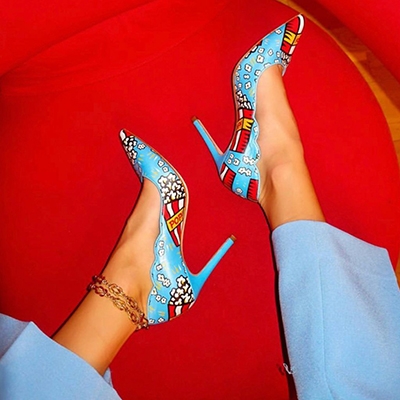
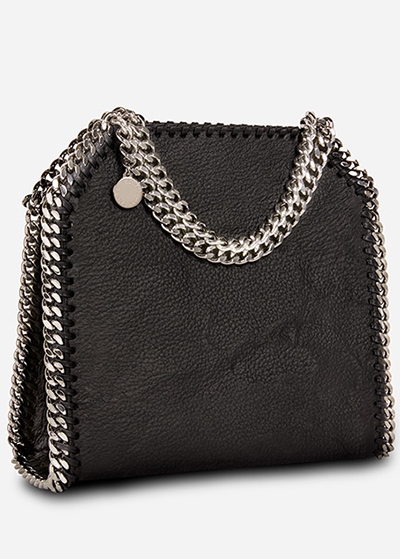
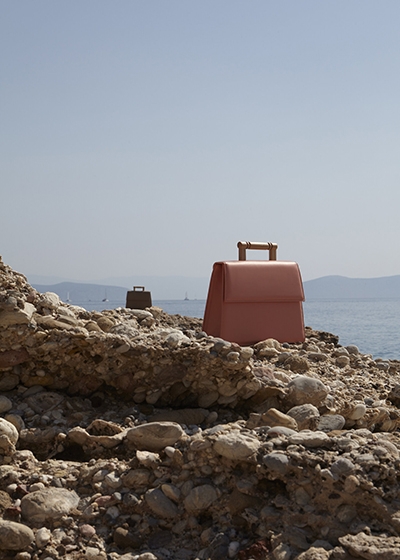
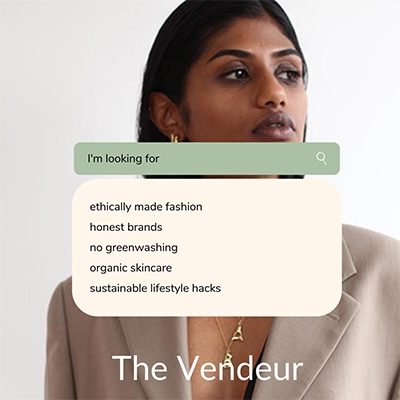
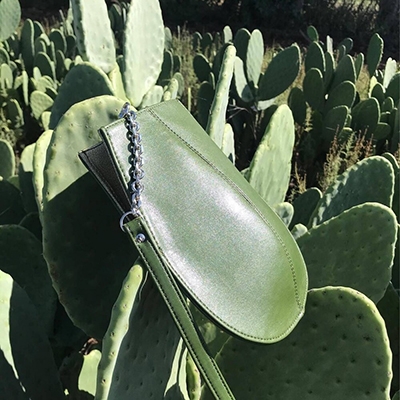
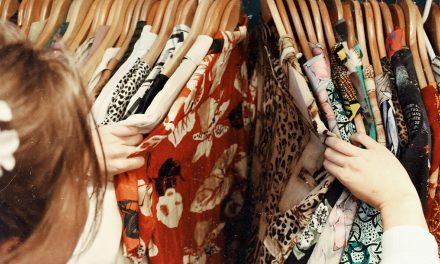
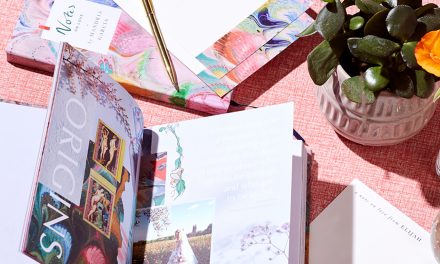
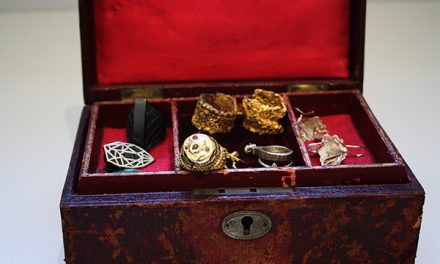

Trackbacks/Pingbacks